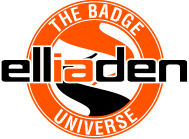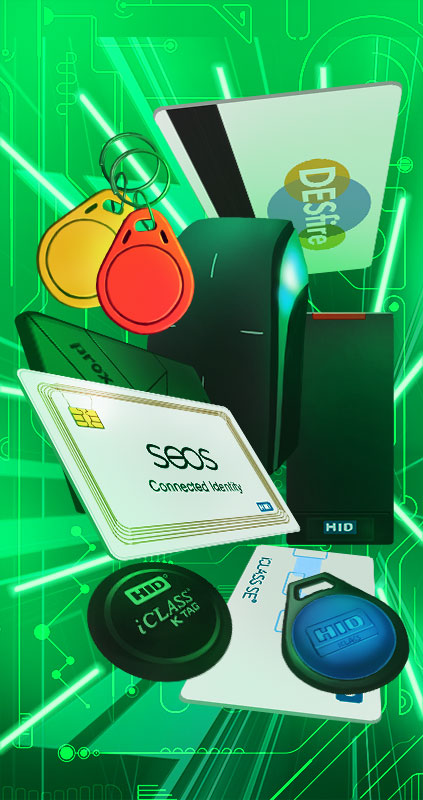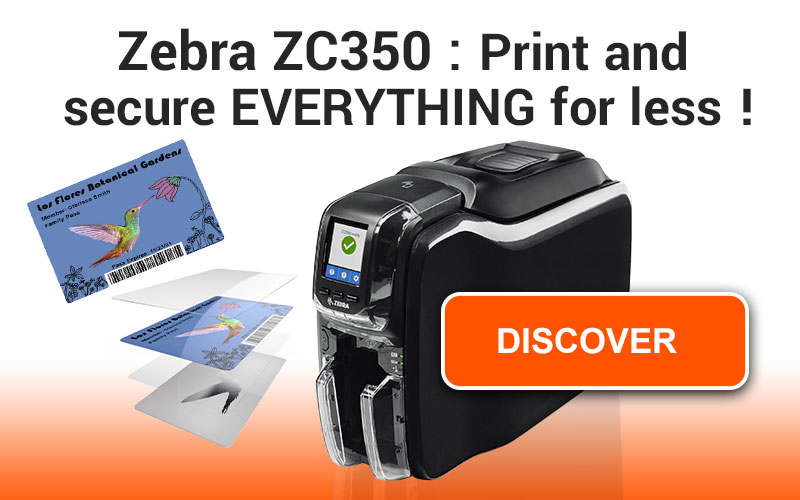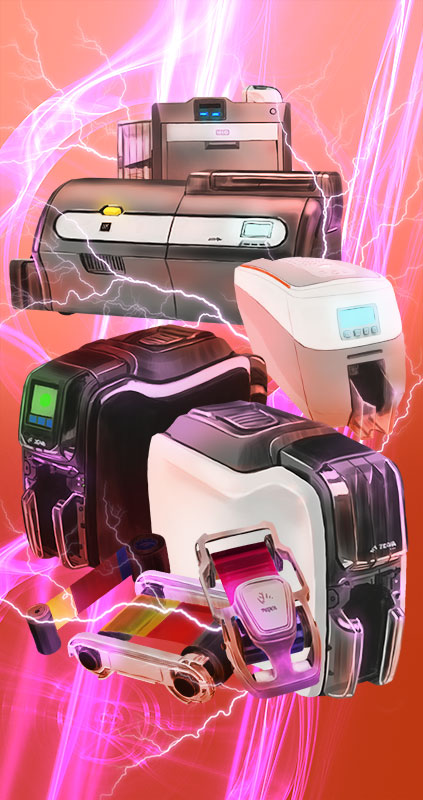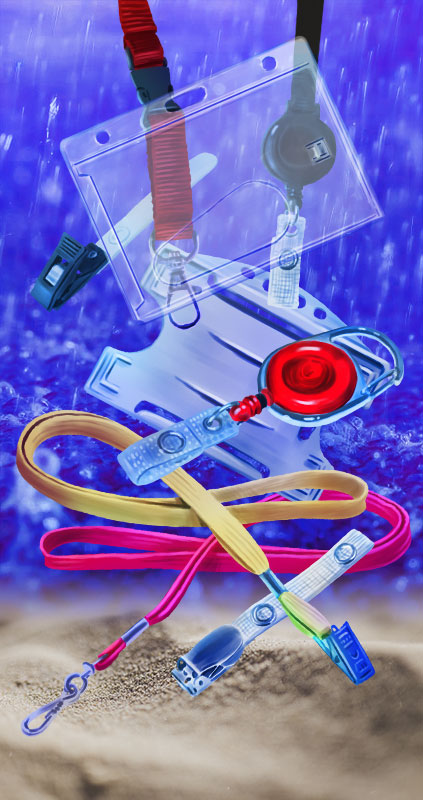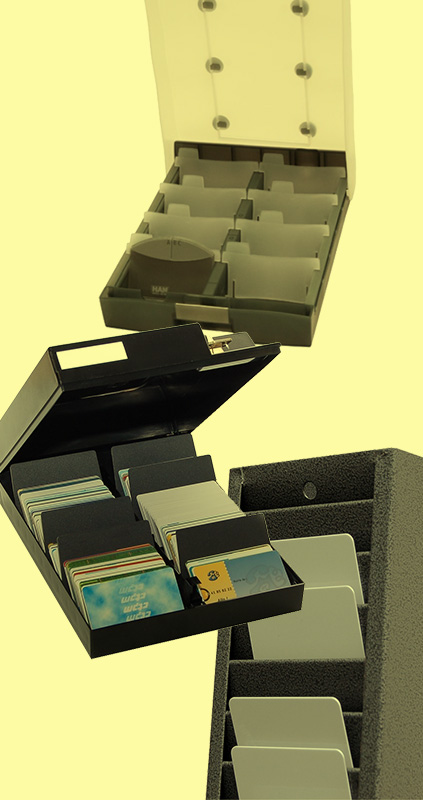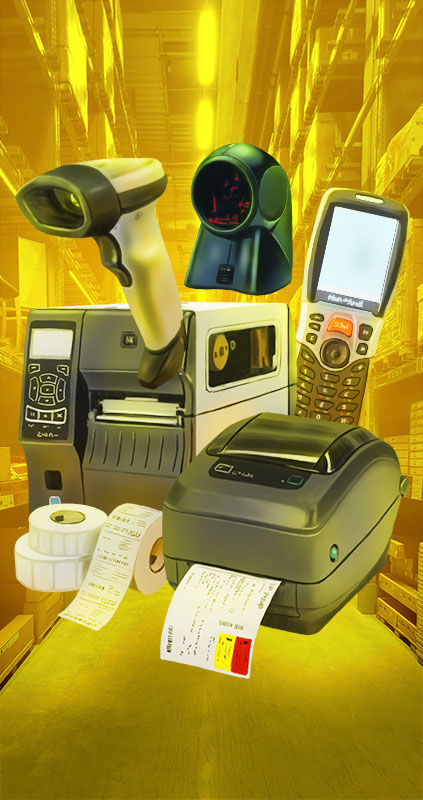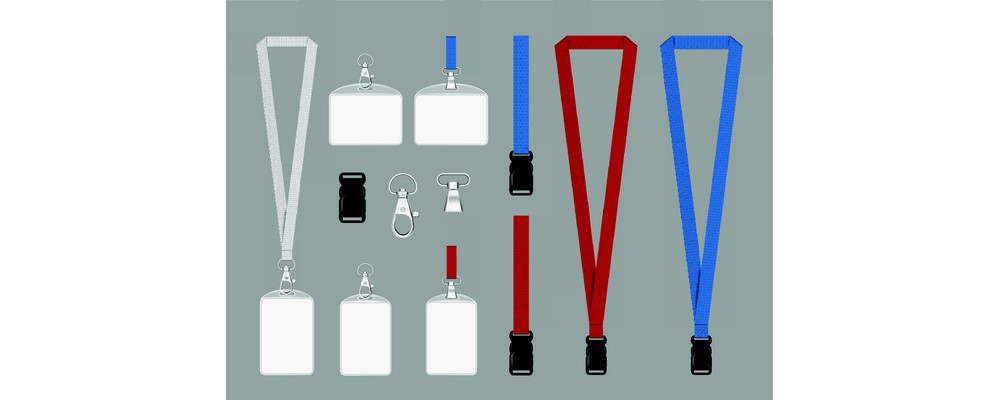The world of badges is vast, and there are badges for many uses and in different formats: round, oval, rectangular, CR80 format, or button badges... Depending on the function, some formats are more suitable than others: here's how to choose the size and format of your badge.
To understand how the badge became part of our daily lives, here is a brief history.
Origins of the badge
Name tags are common objects that we come across every day without necessarily paying attention to them. Their apparent simplicity hides a real accessory with multiple and sometimes technological uses: from decorative goodies to access badges to ultra-secure access badges.
Like the sheriff's badge, which is present in every self-respecting Western country, the badge is a badge, an identity card, whose purpose is to be seen by others and to convey a message, whether it is advertising or information(identification badge).

Did you know that?
The badge, as we know it today, was created in the USA at the end of the 19th century. It was the company "Whitehead & Hoag", specialists in buttons for clothing, who in 1896 came up with the idea of replacing fabric with the ancestor of plastic, celluloid. celluloid.
This innovation allows the badge to quickly replace the pin, as it is much easier and cheaper to produce. The possibilities of mass production and customisation quickly attracted the attention of industry and politicians. It was used as a promotional item during McKinley's 1897 American presidential campaign.
The badge in the 1970s
Its use spread massively in the 1960s and 70s with the rock, punk and hippie movements. It was during this period that it arrived in France.
Since then, its use has diversified, in addition to being a fashion accessory and a means of expression, it is now an indispensable security tool in the world of access control and the best ally of any event organiser.
The badge today
Badges have evolved with the times, adapting to societal needs and integrating new technologies. This is why they can be found in the fields of access control (hotel room cards, access cards for reserved areas, parking badges, etc.) as well as in the field of identification (event fairs, company reception, etc.).
Badges have many uses, which is why there is a wide range of formats to suit different needs. To help you make the right choice, here is a list of the different badge formats.
The different badge formats
There are many different sizes of badges and they are really only limited by your imagination. However, they can be divided into two broad categories. On the one hand the rectangular format and on the other hand the round badges or oval badges.
Your choice will depend on how you want to use it.
Rectangular formats
Rectangular formats are generally used for identification cards (ID cards, company badges, access badges, credit cards, etc.)
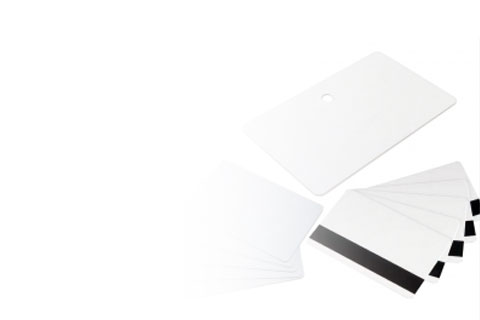
The dimensions will depend on the message you want to express and/or the use you want to make of it.
Horizontal or landscape badge
For content that tends to be horizontal, the landscape format, also known as the Italian style, is preferred.
The most common representative of this format is the CR80, which is used for the various cards in your wallet (credit card, loyalty card, health card, etc.)
Its dimensions are 85.7 * 54.03 mm. This standardised format has the advantage of being compatible with many uses, whether it is to fit in a coin purse or to adapt to badge holders (and therefore the best value for money)
Available from size variants existPrinting companies and professionals will generally offer you will generally propose you the 90 * 50 mm or the 70 * 50 mm.
We can also note the development of mini-cards (28 * 54 mm) very popular for loyalty cards. Indeed, by adding a perforation, they act as a key ring, and are therefore always available, perfect for building customer loyalty. This model is also called tri-card (division in three of the standard CR80 format)
Vertical or portrait badge
If your message is better suited to a portrait (vertical) format, turn to the French style, which offers variations on the A7 paper format (74 * 105 mm).
The most common dimensions for this format are 70-90 * 90-140 mm.
In the vast majority of cases, badges have rounded corners, which are more pleasant to the touch and visually.
Round/oval formats
Unlike rectangular badges, which are mainly used for access control and identification (within a company or at trade fairs), round badges, also known as button badges, have a lighter connotation.

They are used more as a fashion object or to promote a brand, a product or a political figure. Their use is similar to that of the pin. The objective, beyond the decorative aspect, is to express an option or a belonging.
For round badges, the size is measured by the diameter. The most common ones range from 18 mm to 40 mm.
For name badges, the oval format is preferred as it is more effective for text.
These formats are less practical and adaptable than the rectangular ones, but they offer a touch of originality that allows you to stand out from your competitors, especially at trade shows.
Size and customisation
One of the major aspects of badges and their success is the ease with which they can be personalised. This means that you can turn this practical object into a very effective promotional item at a low cost.
The visual aspect of your badge is essential because it will be part of the first impression you give. With this in mind, all badge professionals offer customisation options for almost all formats.
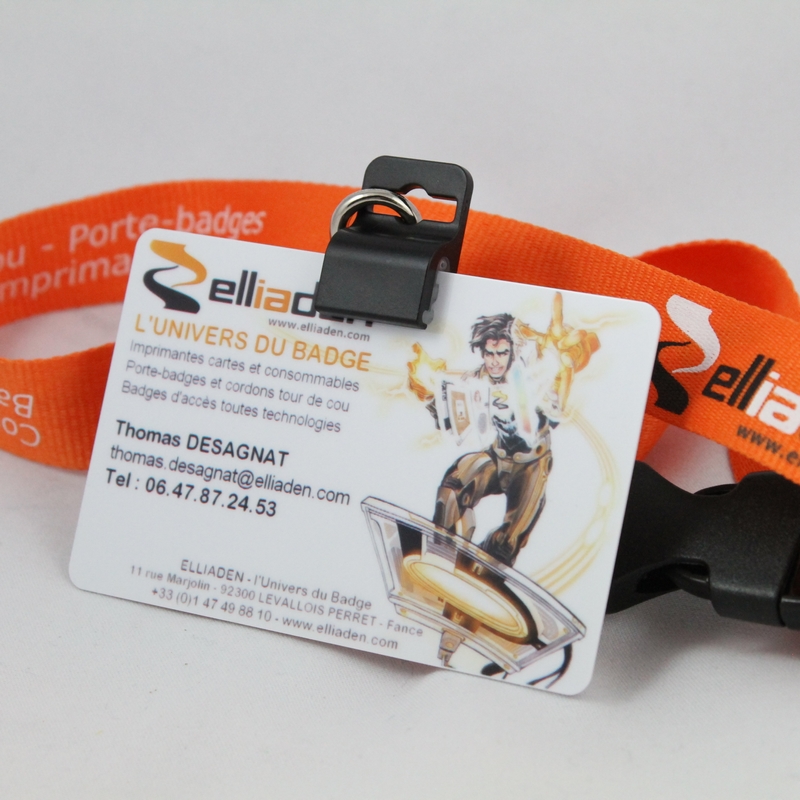
In the world of badges, size matters: a badge that is too small can go unnoticed, while one that is too large can quickly look ridiculous. So choose your badge size carefully.
If your company uses badges on a regular basis and in large quantities, it is worthwhile purchasing a badge printer.
For example, you can order blank badges and personalise them yourself.
Please note that not all printers accept all badge formats. Most printers are only compatible with formats that comply with ISO thickness standards. For example, blue cards in CR80 format comply with the ISO 7813 standard of 0.76 mm thickness.
So be careful when buying your printer.
If you have any questions about badges, personalisation or printers, please contact our consultants at ELLIADEN, the badge specialist for over 12 years.
